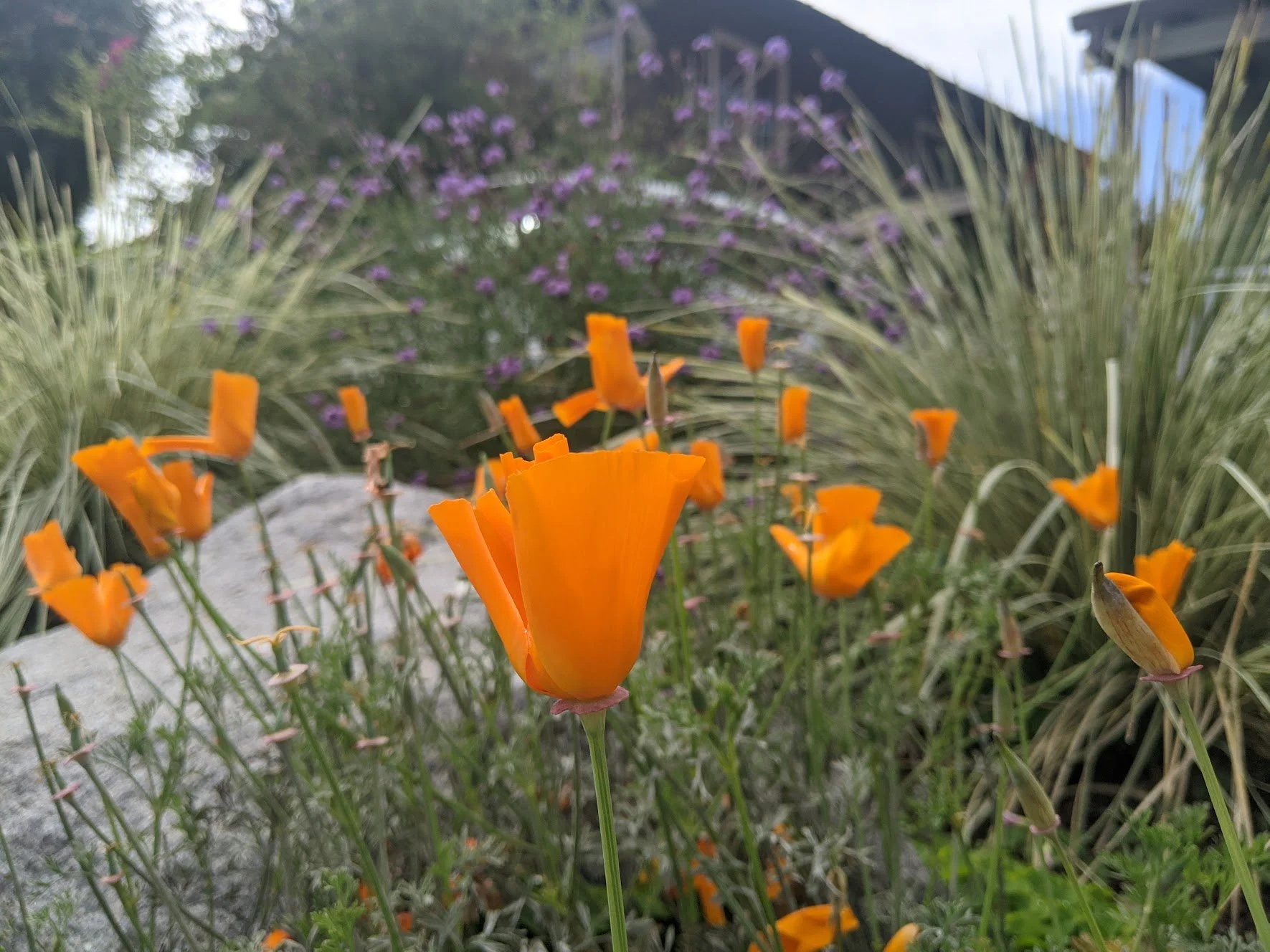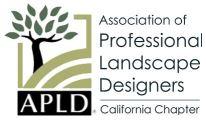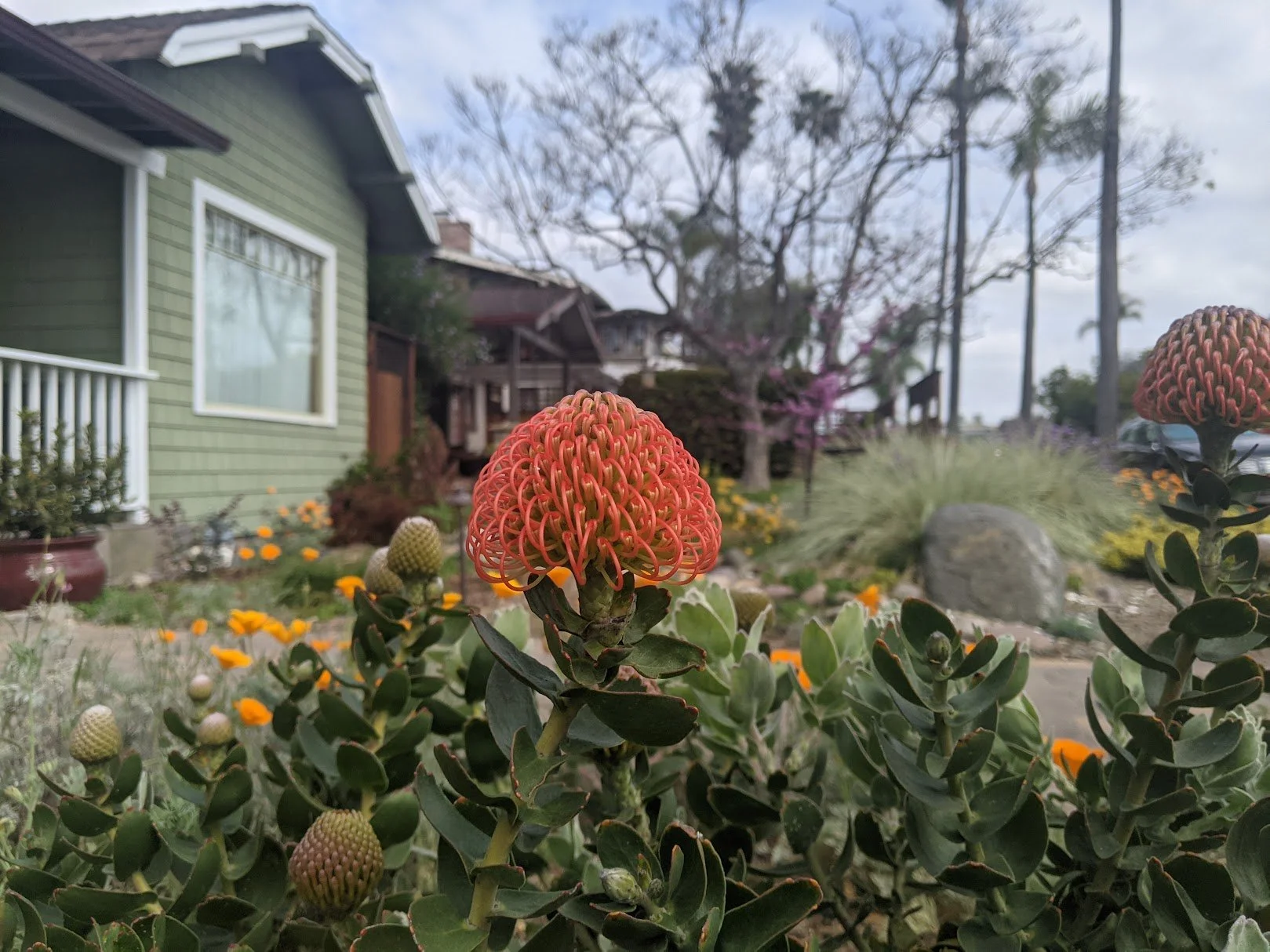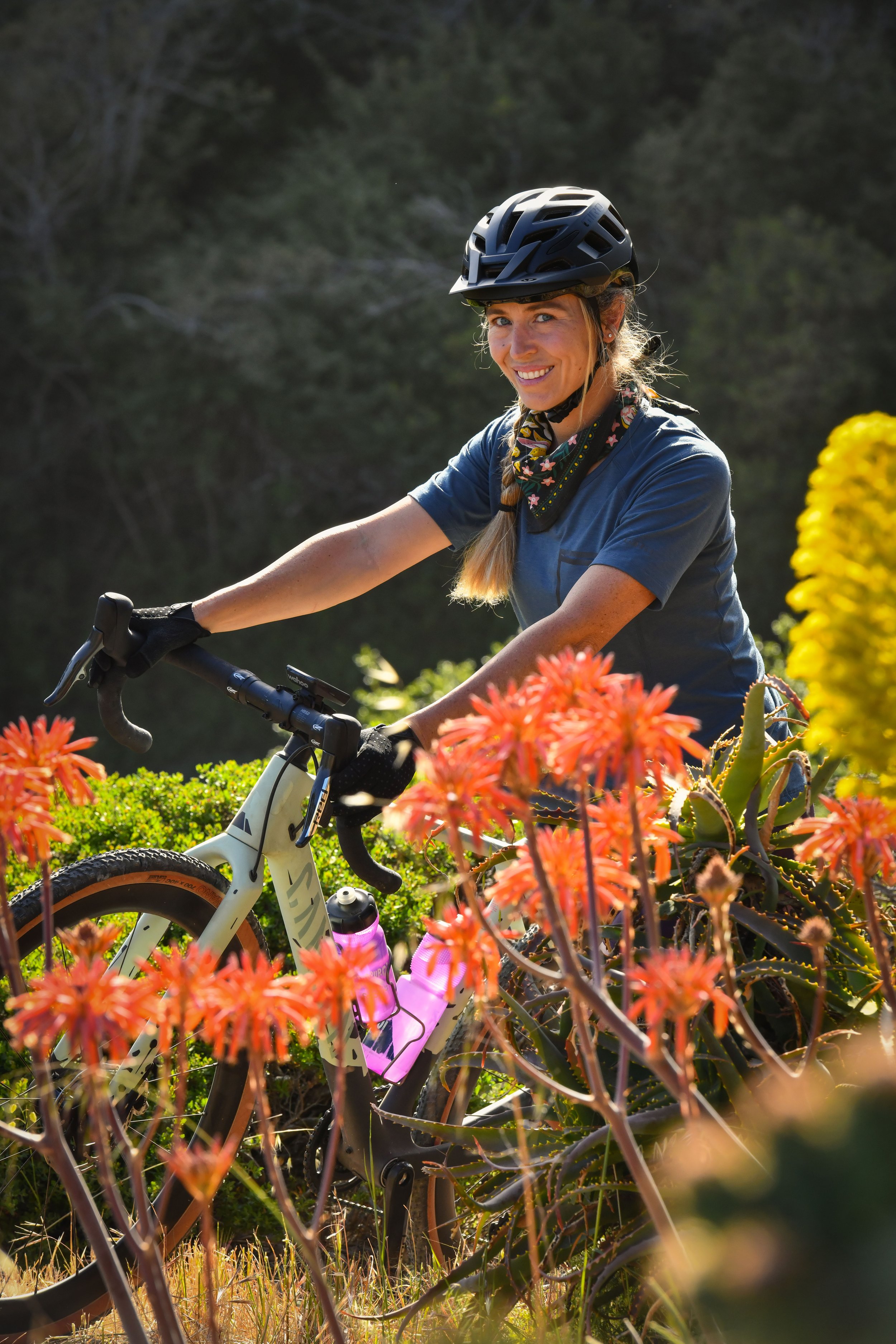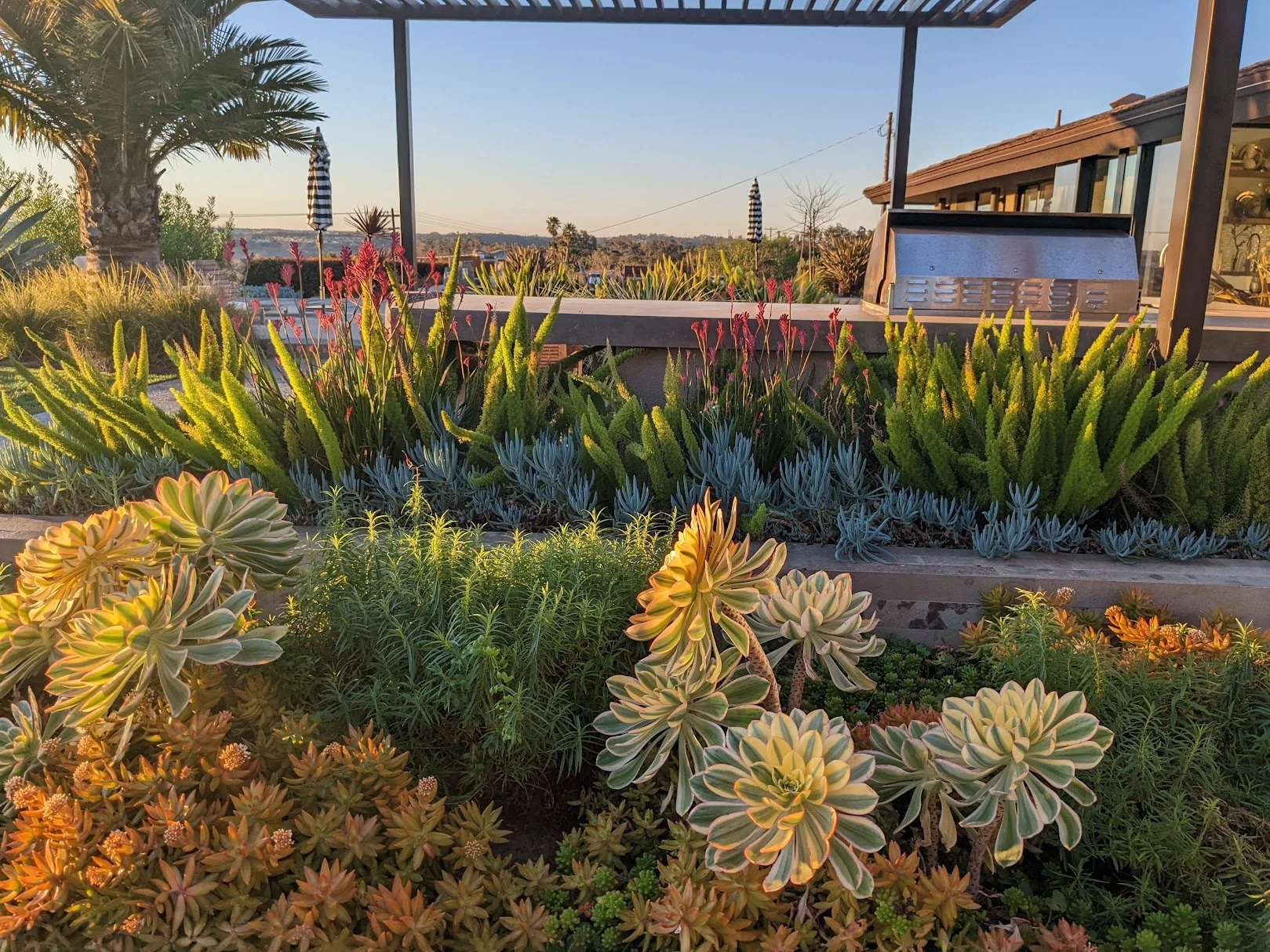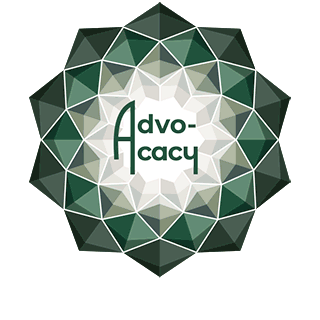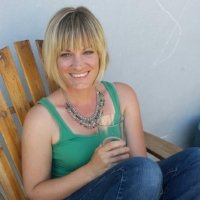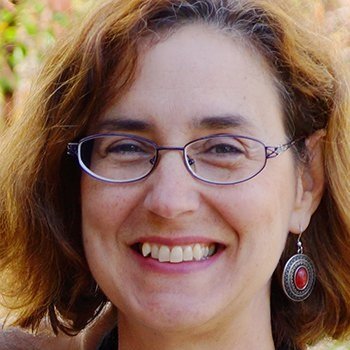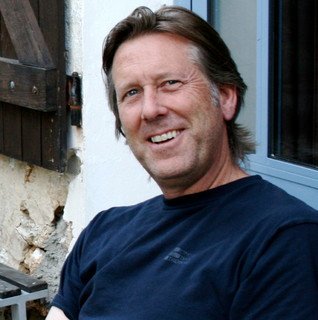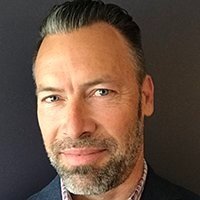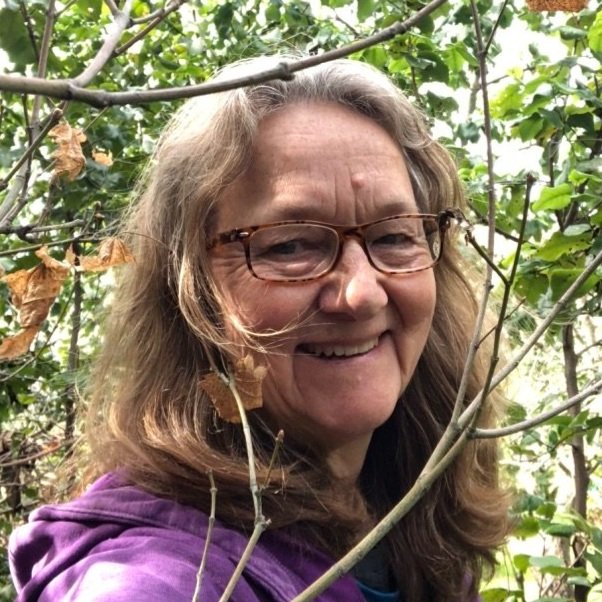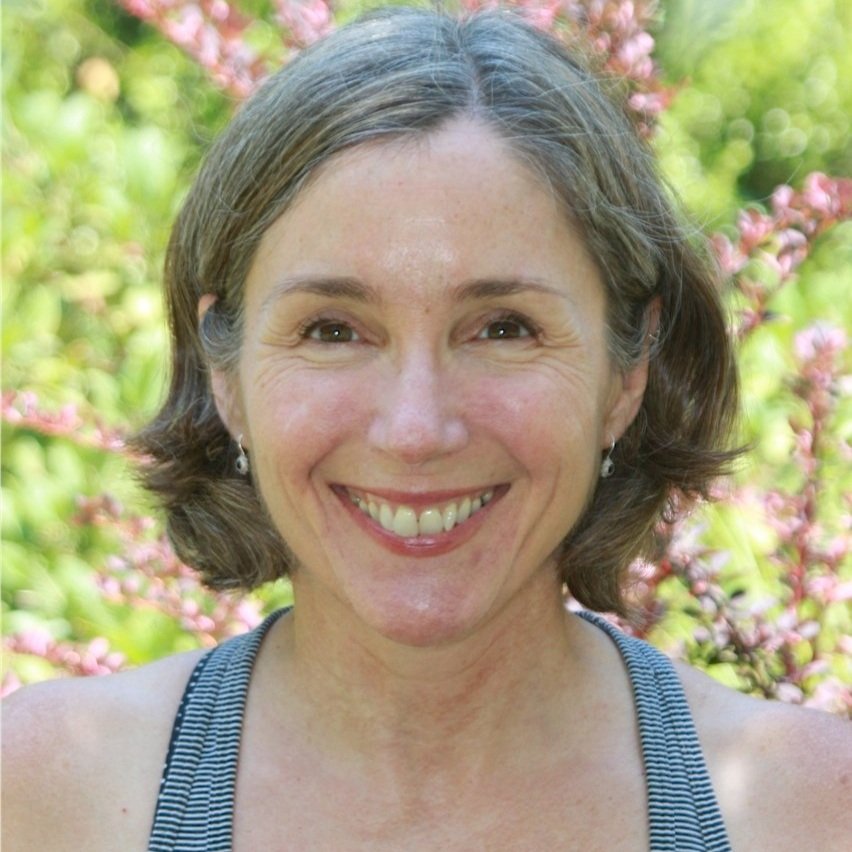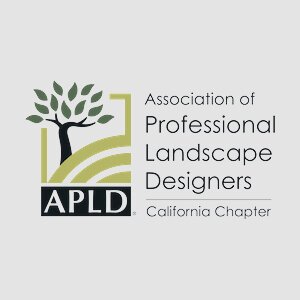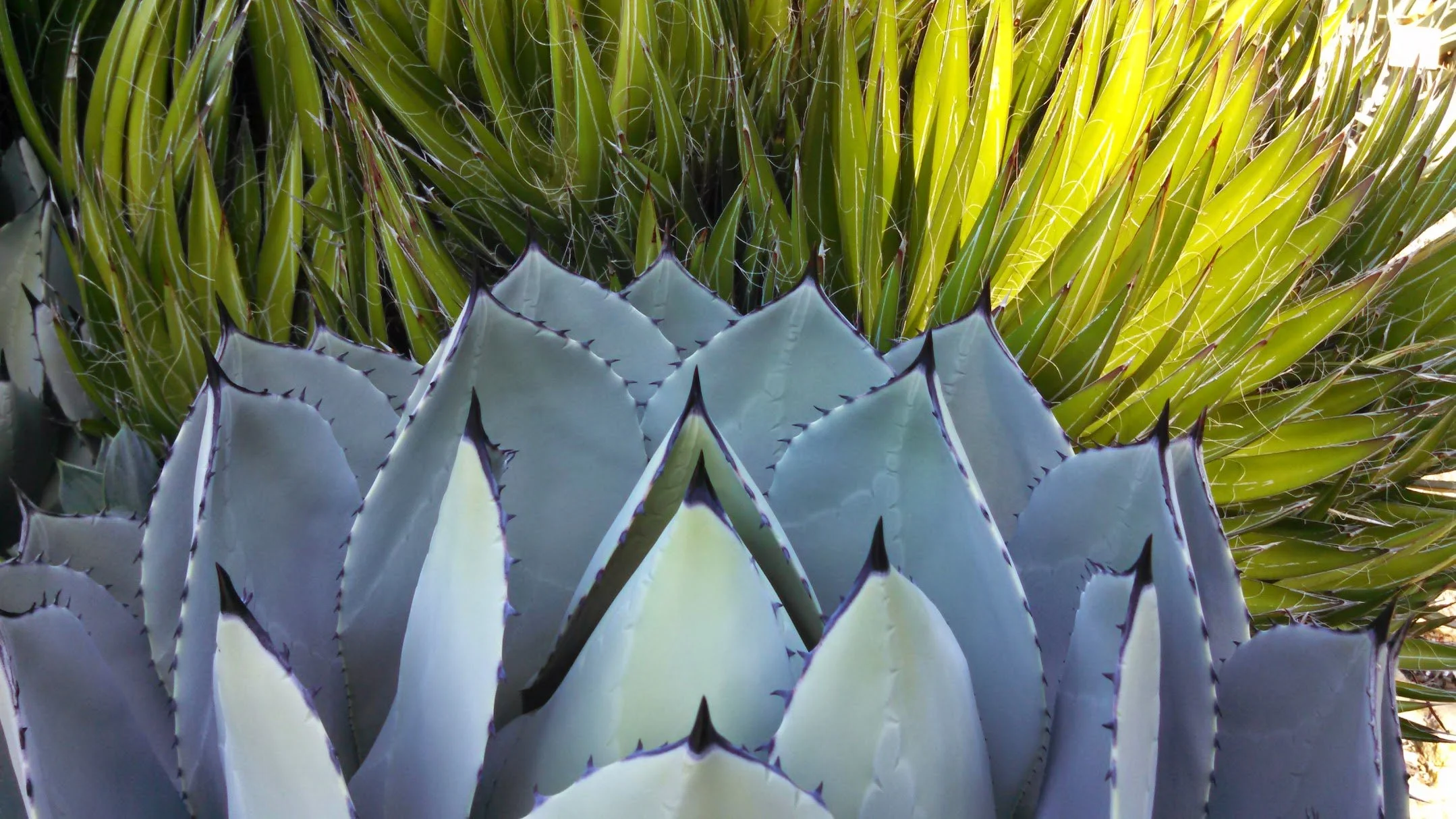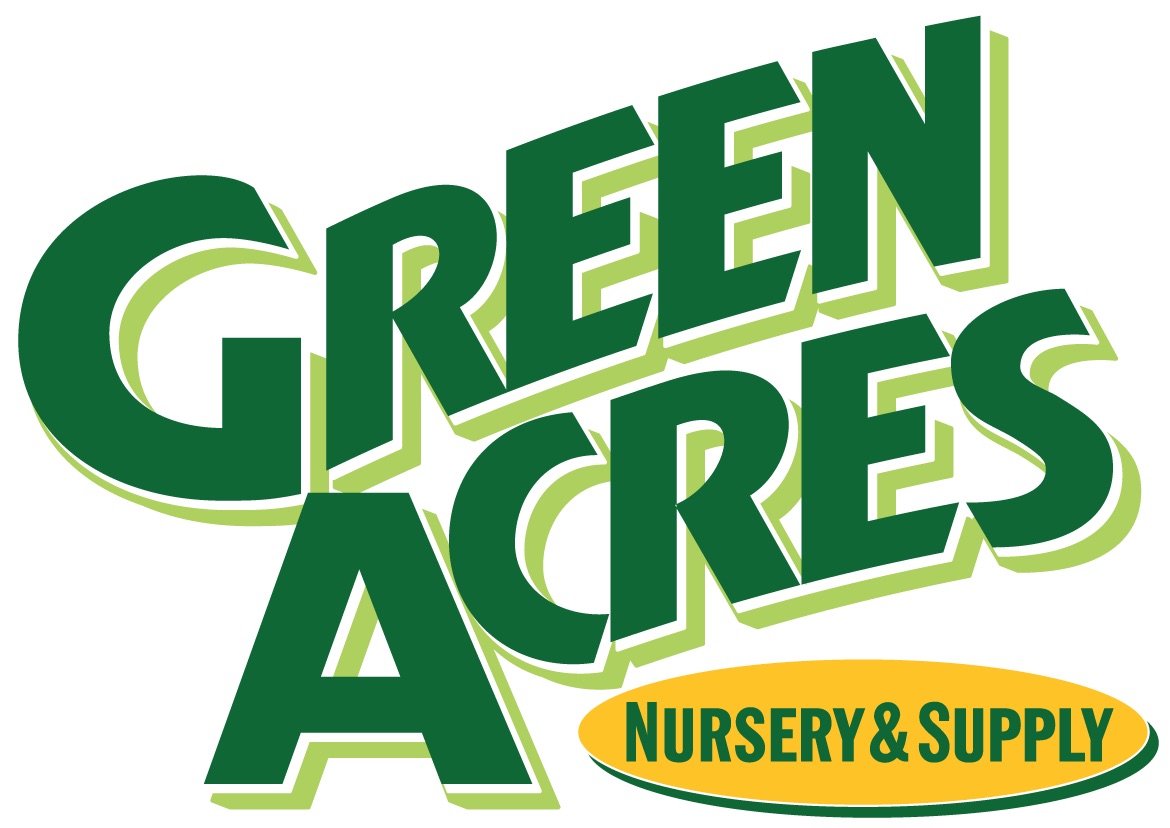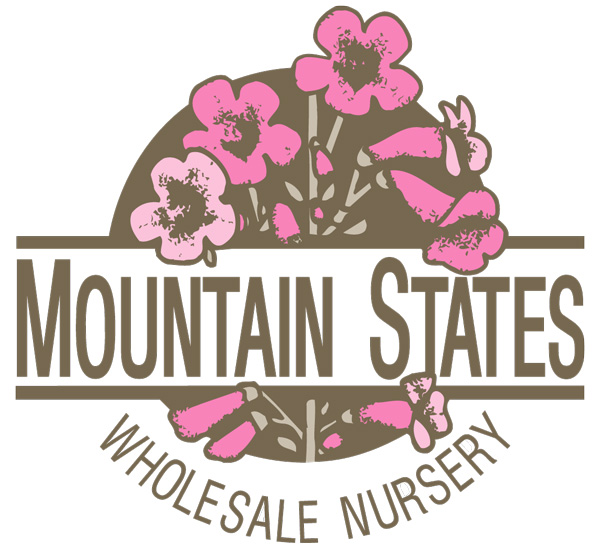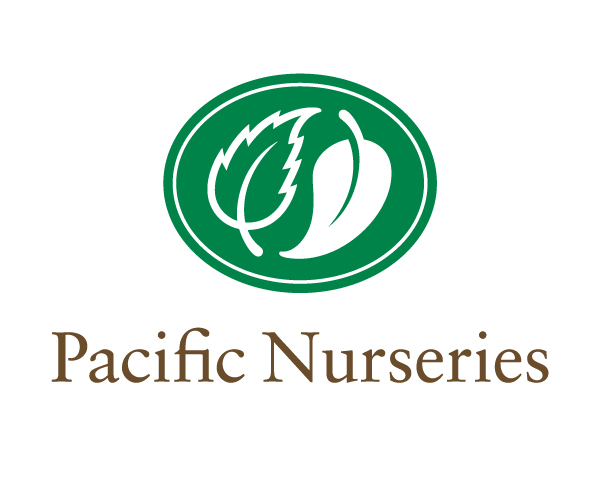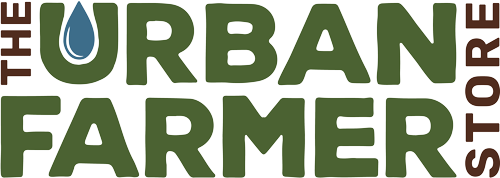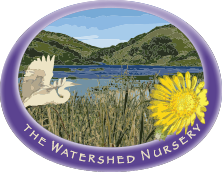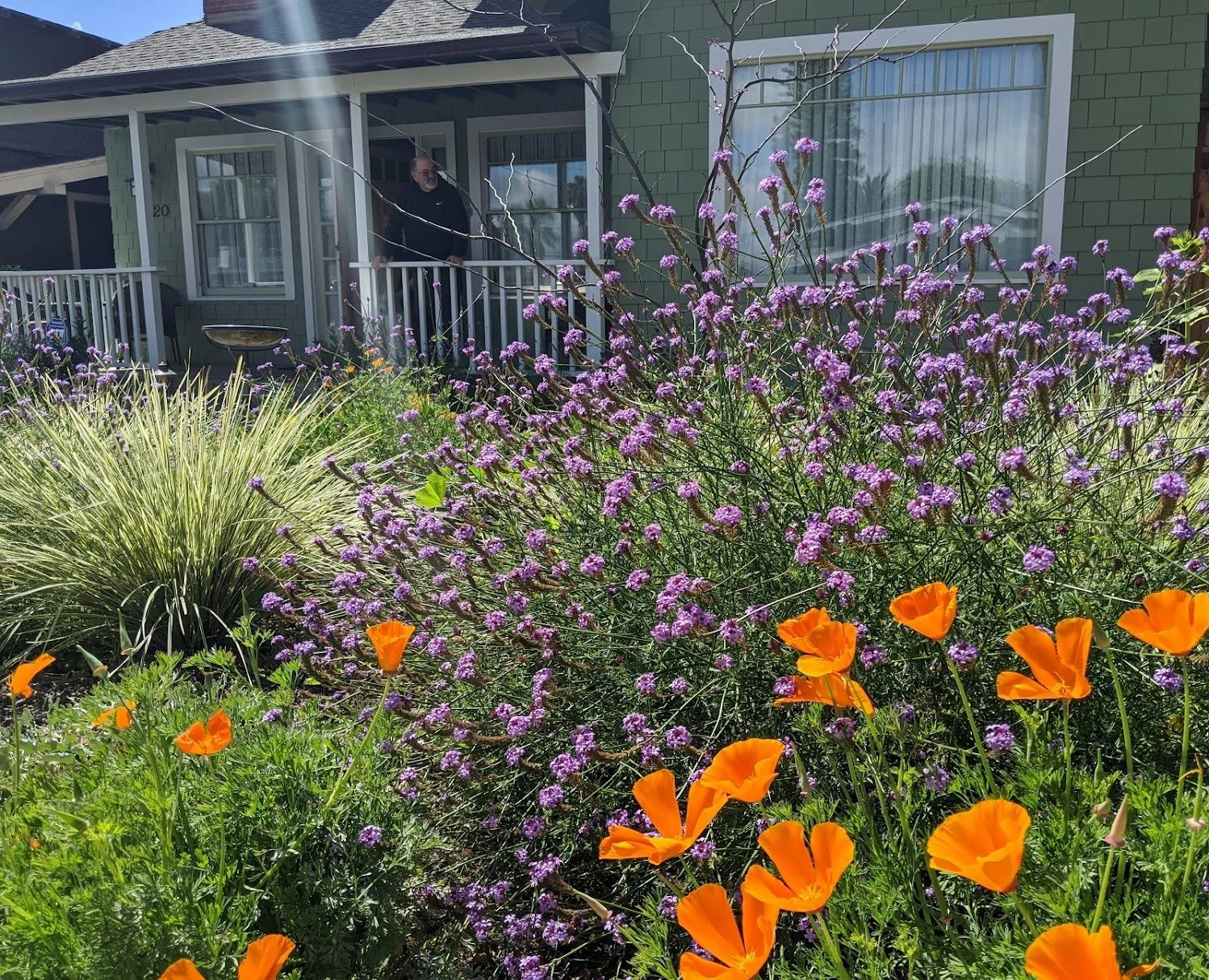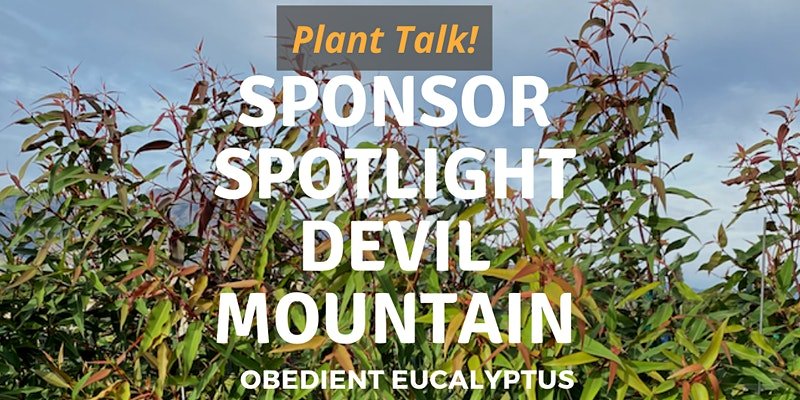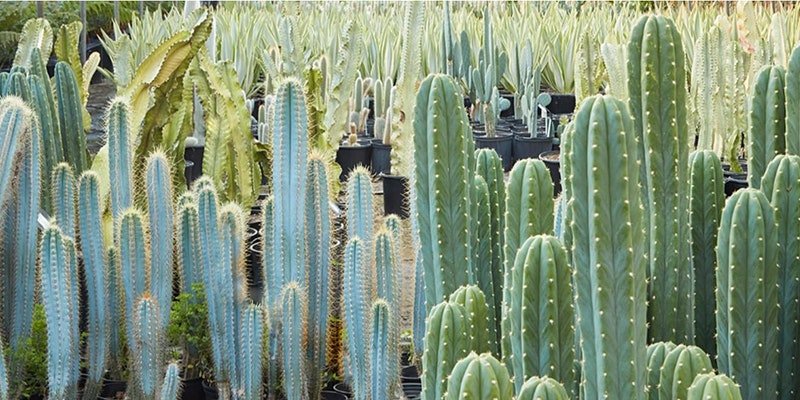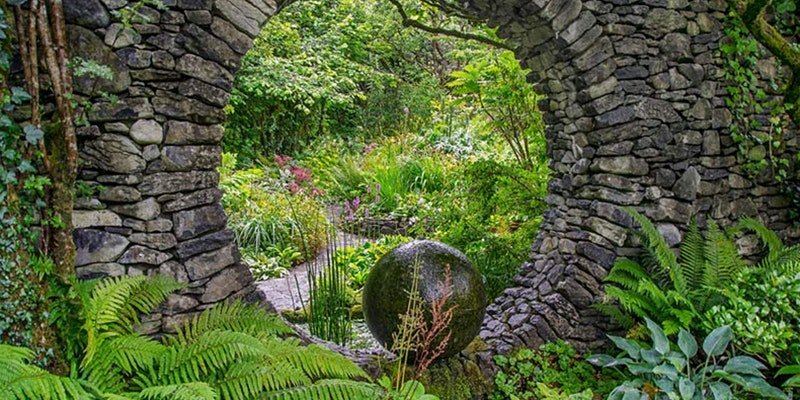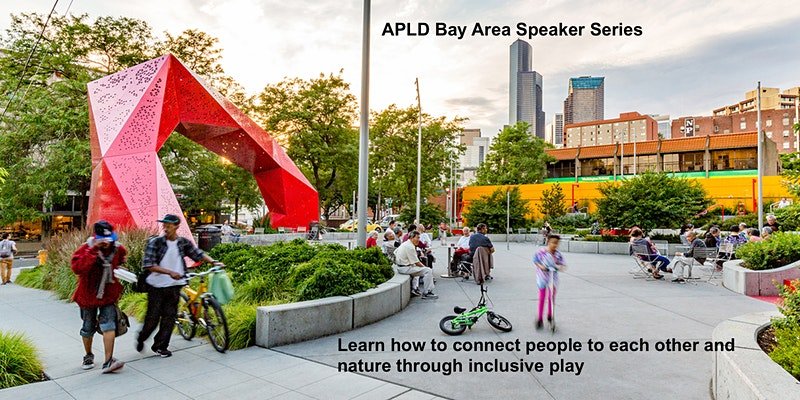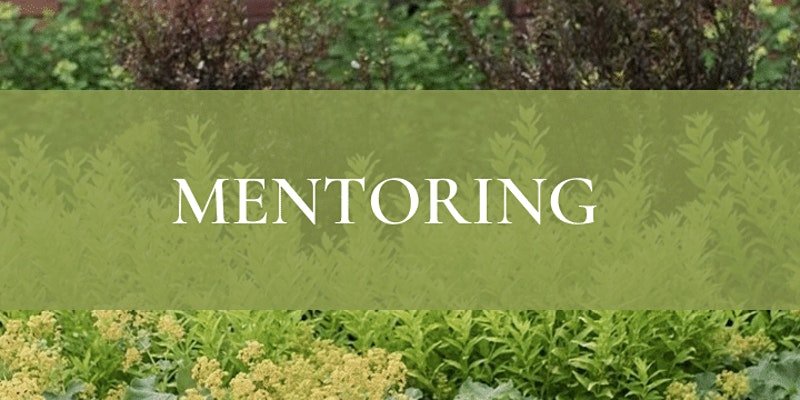Photo courtesy of Andrea Doonan.
Designing today’s gardens
for tomorrow’s California.
FROM THE CHAPTER PRESIDENT
Martin G. Carrion van Rijn
Greetings APLD CA colleagues,
This year I have the honor and privilege of continuing to serve as President of our APLD CA Chapter.
I feel that last year, with the help of our incredible and highly dedicated group of volunteers throughout the state, we accomplished many great things.
I want to acknowledge and thank all of those colleagues for all their great insights and work. I feel very grateful to be a part of this organization and to be able to collaborate with our colleagues in such a way, supporting and promoting the practice of excellence in landscape design.
This year, the Chapter Advocacy Committee has come up with a very ambitious plan to develop an educational program that will help build the APLD brand and help support all what we advocate for in the industry. Please see the Advocacy article in this Newsletter to find out more about what we are doing and—if you find yourself inspired and interested—to find a way to support the development of this program. We do need and appreciate your help, at any level.
Furthermore, I encourage you to make the most of your membership by staying connected and engaging wherever and whenever you are able to do so.
I believe I have said this before, though I wish to reiterate it once again as I feel it is very important to keep in mind in our practice of landscape design: as landscape designers, we are in a position to serve our clients and communities in varied and exciting ways. In order to accomplish that, we need to understand the requirements and laws that govern both the natural world, as well as the requirements, needs, and tastes of our clients, or the human communities.
The word that then comes to mind is ‘balance’. How can we achieve this balance?
As far as I can understand, this balance can only be achieved by considering equally all aspects that encompass our profession; the natural and human world, communities, and their interaction.
The Educational programs that we are developing this year will include much of that. The first program focusses on supporting and regenerating the environmental structures and the richness of the natural biodiversity of a site, and our following educational program explores fire resilient landscapes.
May you find this issue as inspiring and useful as I have.
Wishing you a prosperous year, full of nourishing and diverse experiences and opportunities in your practice.
Sincerely,
Martin G. Carrion van Rijn
